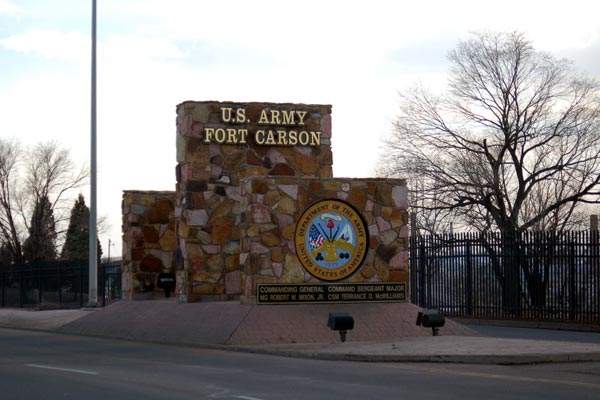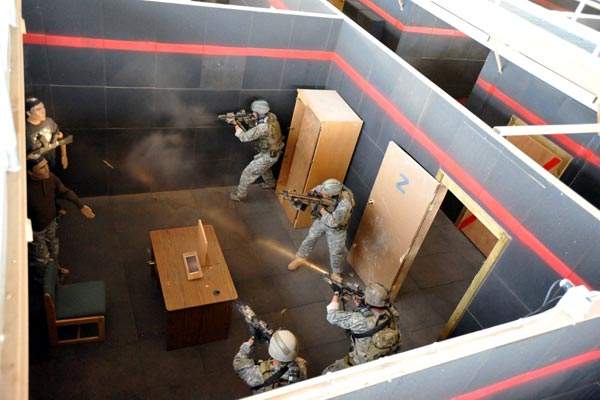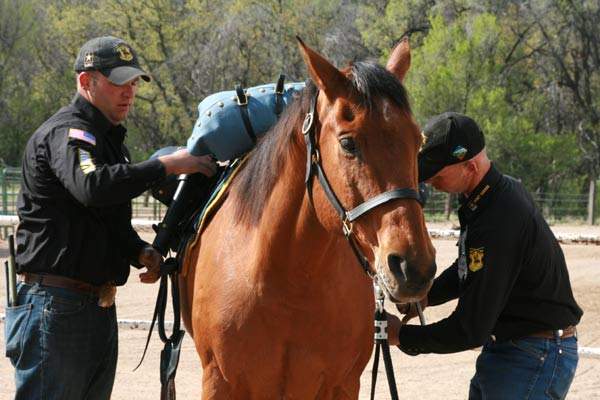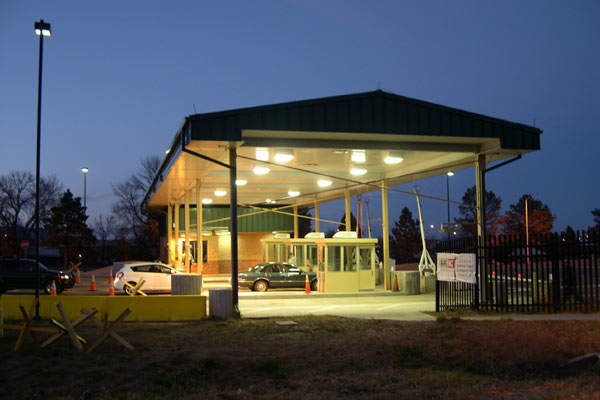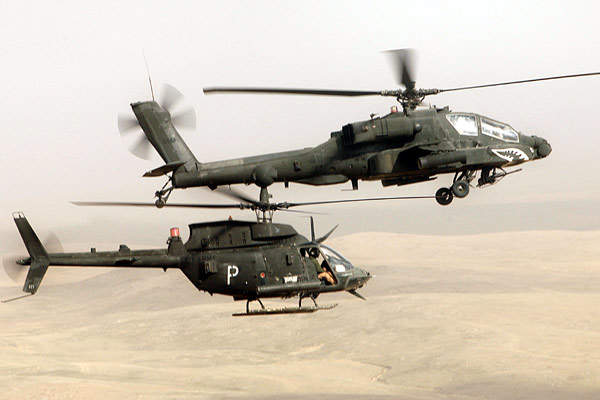Fort Carson is a US military installation situated in the city of Colorado Springs in the state of Colorado, US. The post is located across Pueblo, El Paso and Fremont counties.
Known as the Mountain Post, Fort Carson is a premier army base, which leads, trains and prepares soldiers for the battlefield. The current area of Fort Carson is 137,000 acres (570km²). The post features comprehensive manoeuvre and live fire training in addition to regular exercises and deployments.
Camp Carson is named in the honour of General Christopher “Kit” Carson, who was a legendary army scout.
The headquarters of NORAD, or North American Aerospace Defense Command, is located one mile west of Fort Carson. It provides surveillance and control of US and Canadian airspace, rendering the assessment of air, missile and aerospace attack.
Fort Carson history
Following Japan’s attack on Pearl Harbor in 1941, the US established Camp Carson in 1942. Colorado Springs city purchased land at the south of the city and construction was completed in January 1942.
Around 100,000 army personnel underwent training at Camp Carson during World War II. The camp had more than 125 units stationed and around 100 more units were transferred from other installations to the camp. About 9,000 Axis prisoners of war were held at Camp Carson at the time.
After World War II, the camp saw a drastic reduction in its activities and by April 1946, the number of army personnel stationed at the camp was just 600. It appeared that the base might close but due to the start of the Korean War, activities began to increase once again and many Reserve and National Guard units were called.
Camp Carson was renamed Fort Carson in 1954. In the 1960s, Fort Carson was assigned with mechanised units and additional training land was purchased.
Another 235,000 acres (959km²) was purchased in 1983 for the purpose of training. The training area was named the Piñon Canyon Maneuver Site. Located 150 miles (240km) south-east of the camp, it is used for large force-on-force manoeuvre training.
For Operations Enduring Freedom and Iraqi Freedom, many soldiers from Ft. Carson were deployed in 2003. Some of the troops were sent for the guard mission at Guantanamo Bay Naval Base, Cuba.
Soldiers at Fort Carson are trained each year at Piñon Canyon Maneuver Site, National Training Center (California) and through joint exercises in various parts of the world, including central and South Africa, Europe and south-west Asia.
Fort Carson design and construction
The 2005 Base Realignment and Closure (BRAC) recommendations included that Ft. Hood be realigned and a brigade combat team (BCT) be headquartered at Fort Carson. The 4th Infantry Division unit from Fort Hood, Texas, is due to set up its headquarters at Ft. Carson when they return from Operation Iraqi Freedom. Ft. Carson will also have to accommodate 5,000 additional troops. For this reason, new facilities were added in 2007 and 2008.
The runway at Butts Army Air Field in the Fort Carson base was constructed in 1963 with an estimated $3m investment. It cost approximately $140,000 to design, build and install the SolarWall technology, which offers annual savings of $11,000 on natural gas.
The ground breaking for a new museum at Fort Carson was carried out on 29 April 2010. This is phase one of a three-phase project at the base and includes the construction of a temporary artifact display facility.
Phase two includes the construction of a bigger and a permanent historical facility, while phase three concludes a community effort in order to enhance the facility. Construction on the entire project is expected to be completed by 2013 if everything goes ahead as planned.
Base garrison facilities
The base houses 1st, 2nd, 3rd and 4th Brigades of the 4th Infantry Division as well as the 10th Special Forces Group. The base is also used by the 71st Ordnance Group (EOD), the 4th Engineer Battalion and the 759th Military Police Battalion.
The 10th Combat Support Hospital and the 43rd Sustainment Brigade also reside at the base. In addition to the aforementioned armed forces, the base houses the Army Reserve, Navy Reserve and the Colorado Army National Guard units.
Other Facilities
Fort Carson features other facilities such as Balfour Beatty Communities for residential and recreational purposes, and the Evans Army Community Hospital.
Fort Carson technology
Fort Carson is the first federal facility to implement SolarWall technology at its Butts Army Airfield. SolarWall is a solar ventilation air preheating system that uses the sun’s energy to pre-heat ventilation air in a building integrated system. It requires no maintenance and has a lifespan of more than 30 years.
At the Butts Army Airfield, the aviation maintenance facility is preheated to 54°F through SolarWall. The heated air is then supplied to the building’s central heating system.
Butts Army air field facilities
The Butts Army Air Field aviation facility is featured at Fort Carson. The facility was constructed during 1963-66 and primarily supports helicopters, for which it features a panoptic helipad. The facility also features a 4,573ft (1,394m) long runway, which can handle light fixed-wing aircraft such as the C-12. Other heavier fixed-wing military aircraft operate from the nearby Peterson AFB (air force base).
Future Fort Carson development
The US Army announced plans to expand the Piñon Canyon Maneuver Site on 14 February 2007. The expansion plans to add 418,000 acres (1,690km²) of land to the existing site, which will take the total area to 650,000 acres (2,630km²).
Many local residents are opposing the plan and an activist group, Piñon Canyon Expansion Opposition Coalition, has also been formed. The activist group says that it has found a map from the army featuring a “future expansion area”, which is much larger than the one currently being considered. The army, however, insists that the expansion is essential for the training of troops in order for them to be prepared for ever-growing theatres.

